Chenab River
Chenab river is one of the most significant Rivers in Pakistan. It flows in both countries, India and Pakistan. This Chenab river is formed by combining two headwaters named Chandra and Bhaga. Both heads exist in the upper Himalayas in the Lahaul and Spiti districts of Himachal Pradesh, India. Chenab river passes through the region of Jammu, India, into the plains of Punjab, Pakistan, before finally reaching the Indus river. The Chenab river was named Asikni, which depicts that it was seen to have dark-colored water, which later changed to Iskamati. The common name of this river in Mahabharata was Chandrabhaga because this river was formed by the junction of two rivers, Chandra and Bhaga rivers.
History of Chenab River
In 325 BC, Alexander the Great supposedly established the town of Alexandria on the Indus( Present day Uch Sharif or Mithankot or Chacharan in Pakistan) at the junction of the Indus and the merged stream of the Punjab rivers(Now knowns as the Panjnad rivers). This river was familiar to the Indians in the Vedic period.
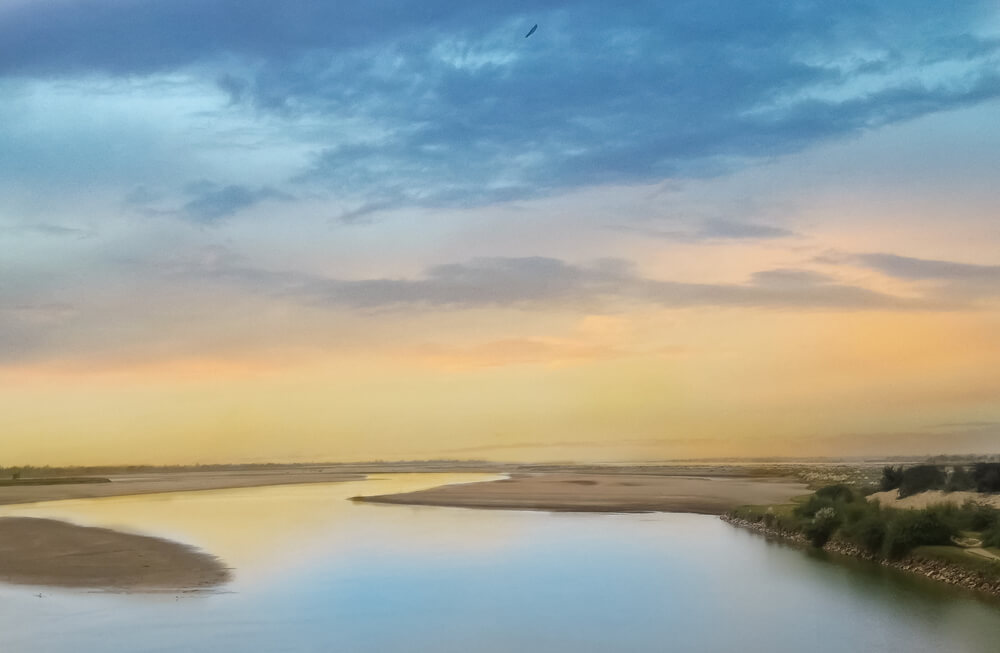
The Course of the Chenab River
This river came into being by the junction of two rivers, Chandra and Bhaga, at Tandi, 8 km ( 5.0 mi) Southwest of Keylong, in the Lahaul and Spiti District of the Indian region of Himachal Pradesh. The Bhaga river appears from Surya Taal Lake, a few kilometers west of the Bara Lacha La pass in Himachal Pradesh. The Chandra river arises from the glaciers east of the Bara Lacha la pass (near Chandra Taal). This pass also separates water from these two rivers. The Chandra river moves 115 km (71 mi) horizontally, while the Bhaga river moves 60 km (37 mi) through a narrow ravine before their junction. Then it passes through the Chamba District in Himachal Pradesh before reaching the state of Jammu and Kashmir, where it passes through the Kishtwar, Doda, Ramban, Reasi, and Jammu districts. It comes to Pakistan and moves through the Punjab province before draining into the Sutlej, constituting the Panjnad river.
Dams of the Chenab River
This Chenab river has a vast capacity for producing electricity. Many dams are built, under construction, or filed to be made on the Chenab river to produce electricity in the country. Dams constructed on the Chenab river are detailed below. As per the Indus Water Treaty of 1960, all these are run-off-river projects. The contract assigned the Chenab water to Pakistan. India can utilize its water for domestic and agricultural purposes or non Consumptive uses like electricity production.
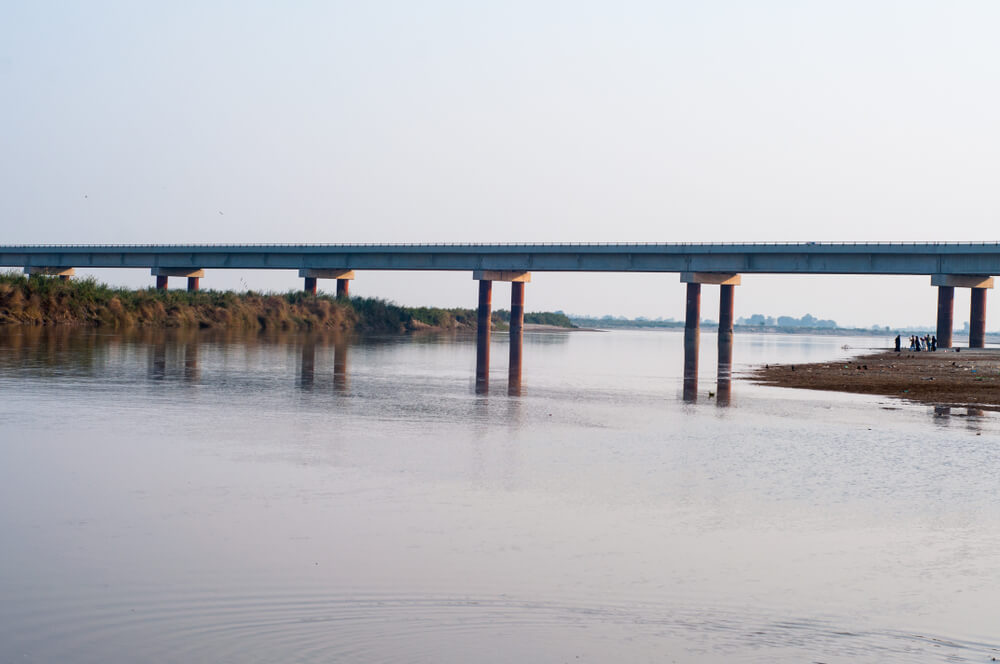
Baglihar Dam ( 900MW)
Another name for this Dam is the Baglihar Hydroelectric Power Project, a run-off river project on the Chenab river in the Ramban district of Jammu and Kashmir, India. It was the first power project accomplished by the Power Development Corporation of Jammu and Kashmir, India. The concept of this power project originated in 1992, was accepted and approved in 1996, and initiated construction in 1999. The evaluated cost of this Project was US $1 Billion. Two stages of 450MW each existed in this Project. The Project’s first stage was accomplished in 2008-2009 and finalized the second stage in 2015-2016.
Salal Dam ( 690 MW)
Salal Dam, also entitled Salal Hydroelectric power station is a run-off river electricity-producing project on the river of the Chenab in the Reasi District of Jammu and Kashmir. Under the Indus water treaty regime, India erected the first electricity-producing Project in Jammu and Kashmir. In 1920 Salal project was first conceived, and possible and practicable studies began in 1961 by the government of Jammu and Kashmir and prepared Project design in 1968. Central Hydroelectric Project Control Board began construction in 1970. In this Project, two stages of a powerhouse with the capacity of producing 690 MW power by using the head created by the Dam were designed. India accomplished this Project in 1987.
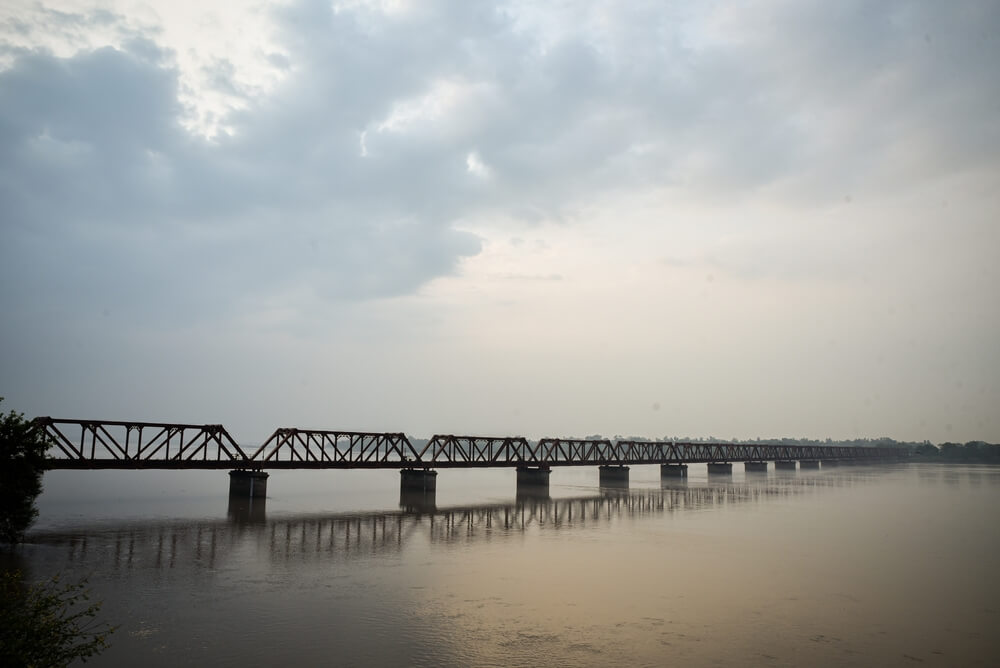
Dul Hasti Hydroelectric Plant at Chenab River
A Hydroelectric Power plant name Dul Hasti is located in the Kishtwar district of Jammu and Kashmir, India, and was constructed by NHPC. It is a run-off river project situated on the Chenab river. The Dul Hasti power-producing project includes a dam and a tunnel that lead to a power plant that bends in the river of Chenab in the region of Kishtwar. The height of this Dam is 65 m, and the length is 186 m. This Project was initiated in 1985 and ended in 2007 with the operational Project that can produce electricity of over 2000 Million units per Annum.
Ratle Hydroelectric Plant
This Ratle Hydroelectric plant is still under construction on the Chenab river and has not been accomplished yet. It is next to a village near Drabshalla in the Kishtwar district of the Indian Union state of Jammu and Kashmir. Two power stations adjoining one another and a tall gravity dam with a length of 133 m (436ft) exist in this Project. The Dam will transfer water through four intake tunnels at a distance of 400 m (0.25 mi) southwest of the power stations. The primary power station will accommodate four 205 MW Francis turbines, and the supplementary power station will have one 30 MW Francis turbine. The capacity of both power stations after installation will be 850 MW.
Pakal Dul Dam at Chenab River
The Pakal Dul Dam is a concrete face rockfill dam, still under construction, located on the Marusudar river, the Chenab river streamlet, in the Kishtwar district of Jammu and Kashmir, India. The Major objective of the Dam is the production of hydroelectricity. The Dam will transfer water to the power station through a long headrace tunnel of 10 km (6.2 mi) to the south on the Dul Hasti Dam Reservoir on the Chenab.
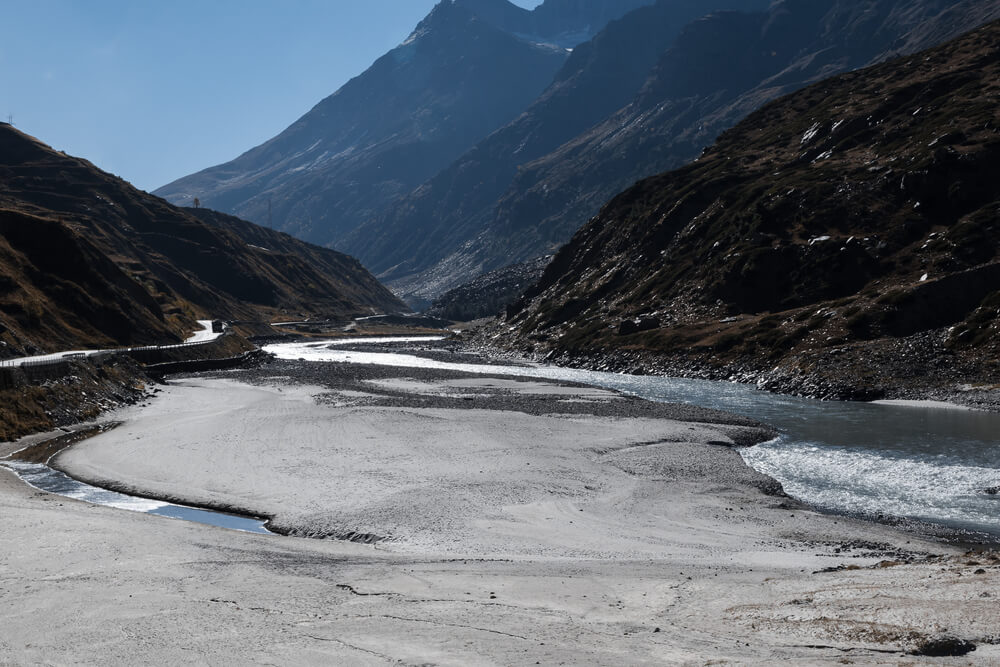
Kiru Hydroelectric Power Project.
Kiru Hydroelectric Power Project is a run-off river electricity-producing project established over the Chenab river in the Kishtwar Tehsil of Doha district in Jammu and Kashmir, India. The Budgeted amount for investment is Rs.46.4m ($769m). The capacity of this Project after installation will be 624 MW. The Project was initiated in 2016 and approved in January 2019 by the State Administrative Council, and accomplishment is expected by 2023.
Kishtwar Hydroelectric Power Project.
The Cabinet committee led by Narendra Modi has approved the construction of the KWAR Hydroelectric project, which has a capacity of 540 MW, situated on the river of Chenab in the Kishtwar district of the Union state of Jammu and Kashmir. The investment amount approved for the Project is more than over 4 thousand 526 crore rupees.
Pakistan has four headworks on the Chenab River
Below is the detail of four headworks located on the Chenab river.
Marala Headwork
Marala Headwork is located on the Chenab river in Sialkot in Punjab, Pakistan. In the Era of British India (1906-1912), a weir was initially constructed to nourish the Upper Chenab Canal as part of the Triple canal project. A new Barrage under Marala was built in 1968 to feed Marala- Ravi Link canal, adding to the original Upper Chenab Canal. Marala Headwork is a massive Hydro engineering project whose primary purpose is to check water flow and control floods in the river Chenab. This Barrage was constructed across the river in 1968 with a maximal discharge of 1.1 million ft³/s (31,000 m³/s). Marala Headwork gave rise to two main water channels, i.e., Marala Ravi Link Canal & the Upper Chenab Canal.
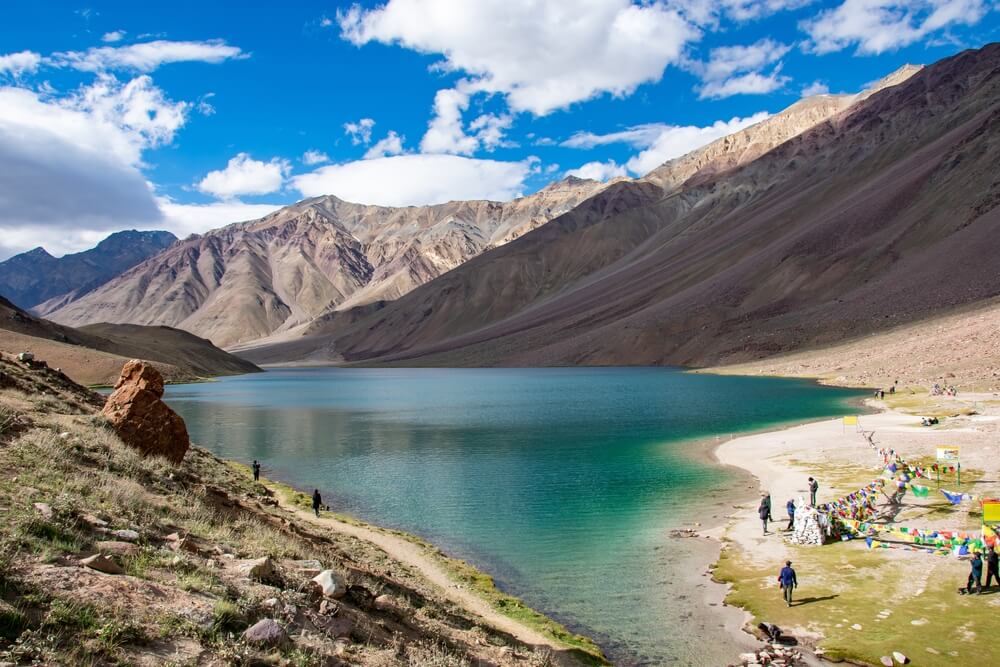
Khanki Headworks
This Khanki Headwork is situated on the Chenab river in the Gujranwala district in Punjab, Pakistan. Khanki headwork was accomplished in 1889 and is one of the oldest headworks in Pakistan. The primary purpose of this Khanki Headwork is to transfer water to Lower Chenab Canal, which arises from the Khanki headwork. The water distribution of over 3 million acres (12000 km2) of agricultural land is regulated by Khanki Headwork by one main tributary, the Lower Chenab Canal, and 59 minor distributaries. British government built the Old Khanki Barrage from 1892 to 1898 on the Chenab river to transform 3 million acres of infertile and arid land into cotton and wheat field. The weir was reconstructed due to frequent damages in portions and needed to be significantly remodeled during 1919-1920 and 1933-1935. With time some severe technical glitches appeared, due to which a member of the National Assembly, Justice Iftikhar Ahmed Cheema, gave the concept of renovating the whole Project for the betterment of farmers. The New Khanki barrage was constructed in August 2017 with a total cost of Rs 21.3 billion, and the Asian Development Bank provided 87 percent funds. This new Khanki Barrage will transfer 11,653 cusecs of continuous irrigation supplies to the downstream Lower Punjab Canal.
Qadirabad Headwork
Qadirabad Headwork is located on the Chenab river in the Mandi Bahauddin district of Punjab, Pakistan. This Headwork’s main objective is to control River Chenab’s water flow for irrigation and flood control purposes.
Trimmu Barrage
Trimmu Barrage is a barrage constructed on the river of Chenab in the Jhang District of the Punjab province of Pakistan. It is located downstream of the convergence of the River Jhelum and River Chenab. It is approximately 25 km from Jhang near Atharan Hazari, where River Jhelum merges with River Chenab. It is one of the seven associated canals to be constructed under the Indus water plan of Pakistan. Pakistan generated this plan after Indus Water Treaty. The main objective of this Barrage is to control water flow into the River Chenab for irrigation and flood control purposes. Trimmu Barrage was built between 1937 and 1939 by English engineers. Later amended its name. The curved grid iron’s bridge section is amalgamated with many protective bands to protect Jhang city from floods. Several upgrades took place on this Barrage, like new gate construction and old gate maintenance. Barrage construction was completed on 30 June 2022, and till that time, HTV was banned entirely; however, LTV was allowed for specific hours.
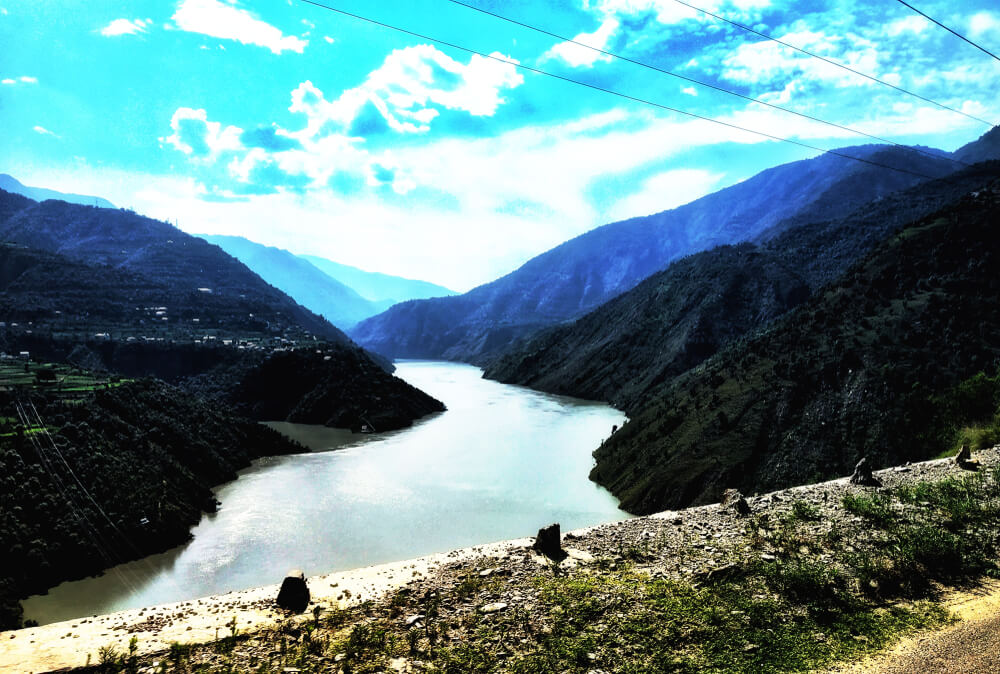
FAQS
Which Dam is built on the river Chenab?
Baghlihar Dam, also called Baglihar Hydroelectric Power Project, is located on the Chenab river in the Ramban district of Jammu and Kashmir, India. It is a run-off river project.
Why is the Chenab river famous?
This river is famous because it has rich potential for producing electricity in India. Many dams are constructed, under construction, or filed to be built on the Chenab river for hydropower generation. e.g., Baglihar Dam with a potential of 900 MW near Ramban.
What is the other name of the Chenab river?
Another name for the Chenab river was Asikni, in Rigveda. The name indicates that it was seen to have Dark-coloured water.
Conclusion
Under the Indus Water Treaty, the water of the Chenab river was allotted to Pakistan. India is permitted non-consumptive uses such as producing hydropower. The water of the river Chenab is widely used for irrigation purposes in Pakistan. Its water is shifted to the tributaries of the Ravi river via several interlink canals. Dams and Barrages built on the Chenab river are essential in controlling the rivers, water flow, floods, and hydropower generation.
